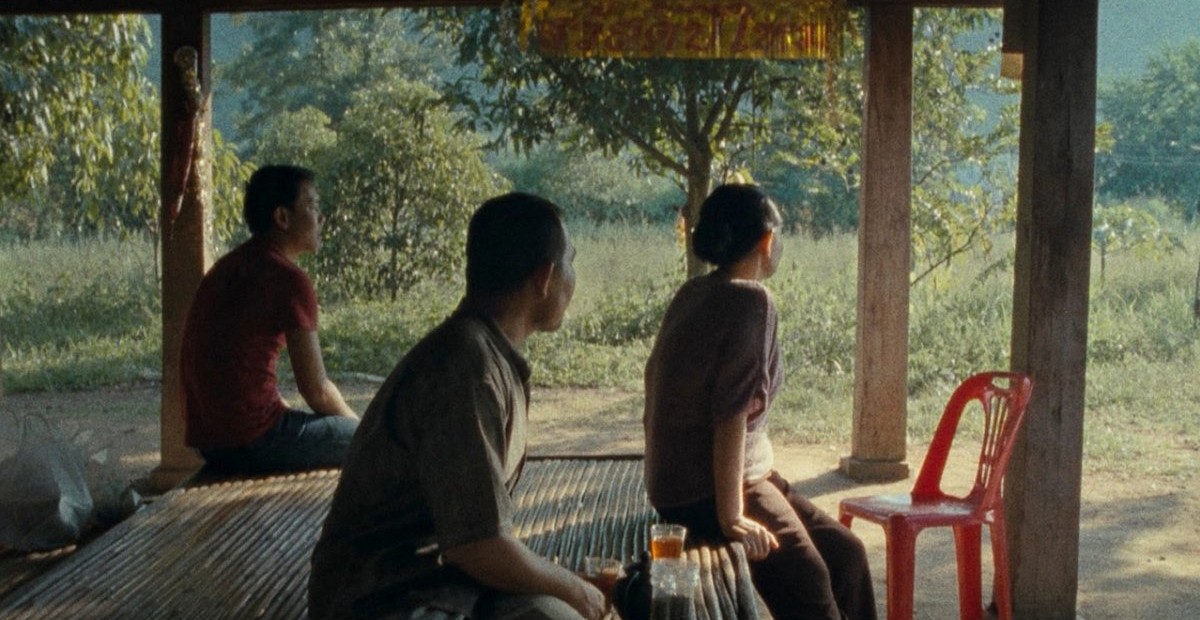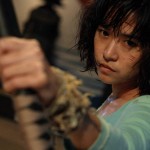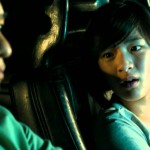By Leni De Castro
Uncle Boonmee Who Can Recall His Past Lives is a landmark film for Thailand and its maker, Apichatpong Weerasethakul. Weerasethakul’s nonlinear, leaping monkey style of filmmaking has been a subject of awe and criticism. For Weerasethakul, films work like our minds with random thought patterns leaping from one subject to another. Uncle Boonmee is a prime example of this, pushing and breaking the boundaries from beginning to end – wait … there is no beginning, middle or end, just a fluid motion of one scene to the next by a well-timed musical scoring, hence the scenes are interwoven in the basic story.
Elementals
Life, death and the afterlife are the elemental factors in Uncle Boonmee Who Can Recall His Past Lives. In the seemingly linear story, Boonmee is cast as a sick man, a landed widower who also lost his son in a mysterious way. Coming out of the hospital, he is assisted by his sister-in-law, his nephew and his servant. These people represent life, eating, working, sleeping, sickness, creative pursuits and loving.
At dinner time, Boonmee’s dead wife, Huay, suddenly appears from thin air, incarnated to flesh, and joins them. His son, Boonsong, also walks in, appearing as an ape man with red eyes. A family reunion with the dead, each telling their version of the afterlife, thus takes place. The appearance of the dead seems to signal the imminent end of Boonmee. In a matter-of-fact manner, the spirits describe their respective journeys while the living listen, express their longings and discuss pursuits made in the absence of their dead loved ones.
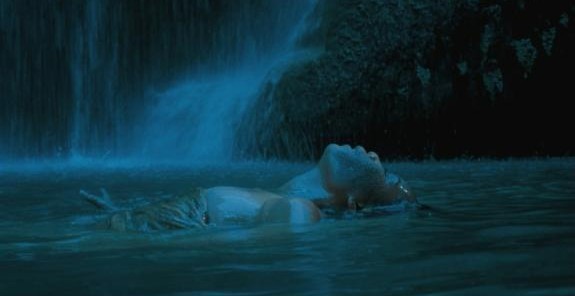
Moving forward from night to day, daily toils take over the scenes. As the day progress, a new thought emerges inspired by traditional Thai music – a vertical leap to the middle kingdom of the past. A traveling royalty refreshes herself on the banks of a waterfall where a magical catfish falls for her. She pleads to the fish for beauty before engaging in a coital swim. This scene exemplifies a fancy of Weerasethakul to cut through the mundane thoughts as the day wears on and progresses into the night.
Night time, Huay, cleans Boonmee’s kidneys. They talk of the afterlife, the hidden excitement one feels upon dying, of finally knowing the other side of the spectrum. Boonmee decides how he would prefer to die: inside a cave which he believes to be his place of birth in a past life. He’s accompanied by his wife, his sister-in law and his nephew as Boonsong looms in the dark. The draining of the pipe from his kidney acts as a symbolic gesture of his wife assisting him towards his death.
The fluid movement from one scene to another brings the audience to the funeral of Boonmee and to the continuation of life for the living. Jen, the sister-in law goes back to her small apartment, the nephew becomes a monk and another niece comes into the picture as they move back into the processes of life.
Intermissions and Installations
The escaping water buffalo, the Princess and the catfish, and the still pictures combined with Boonmee’s narrative, are intermissions, random thoughts as one goes through the process of accepting the reality upfront. Whether these are part of Boonmee’s past, present or future, no one can really tell. For Weerasethakul, there’s no need to understand everything.
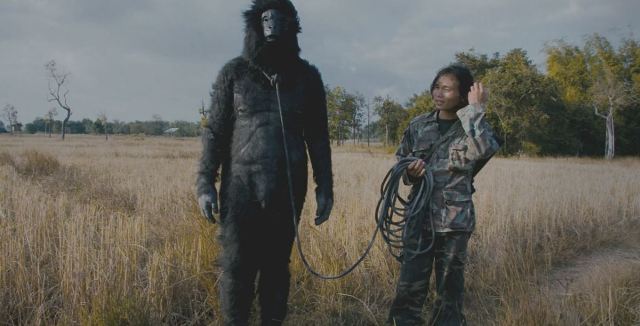
Uncle Boonmee Who Can Recall His Past Lives‘ slow and languorous pace is the filmmaker’s homage to his roots, the northern countryside of Thailand. The down-to-earth manner of presenting the supernatural and the seemingly disconnected intermissions are part of the unhurriedness of country living as well as the thought process of the gentry, of those working in the fields or of those resting under trees or talking to the dead as if they just got back from a long journey. The presentation also ushers in music that brings back memories of a distant past. These are the characteristics of Thai country living.
That Boonmee suffers from a kidney disease indicates that this was a very personal project for the director, in that Weerasethakul’s own father died the same way. His style of deconstructing the beginning, middle and ending of a story is his unique way of pushing the boundaries of storytelling and auteurism. Thus, we might perhaps say that Uncle Boonmee is the best example of Apichatpong Weerasethakul’s brand of art in films.
Watch Uncle Boonmee Who Can Recall His Past Lives on FilmDoo.com. (UK & Ireland only)
FilmDoo Also Recommends:

